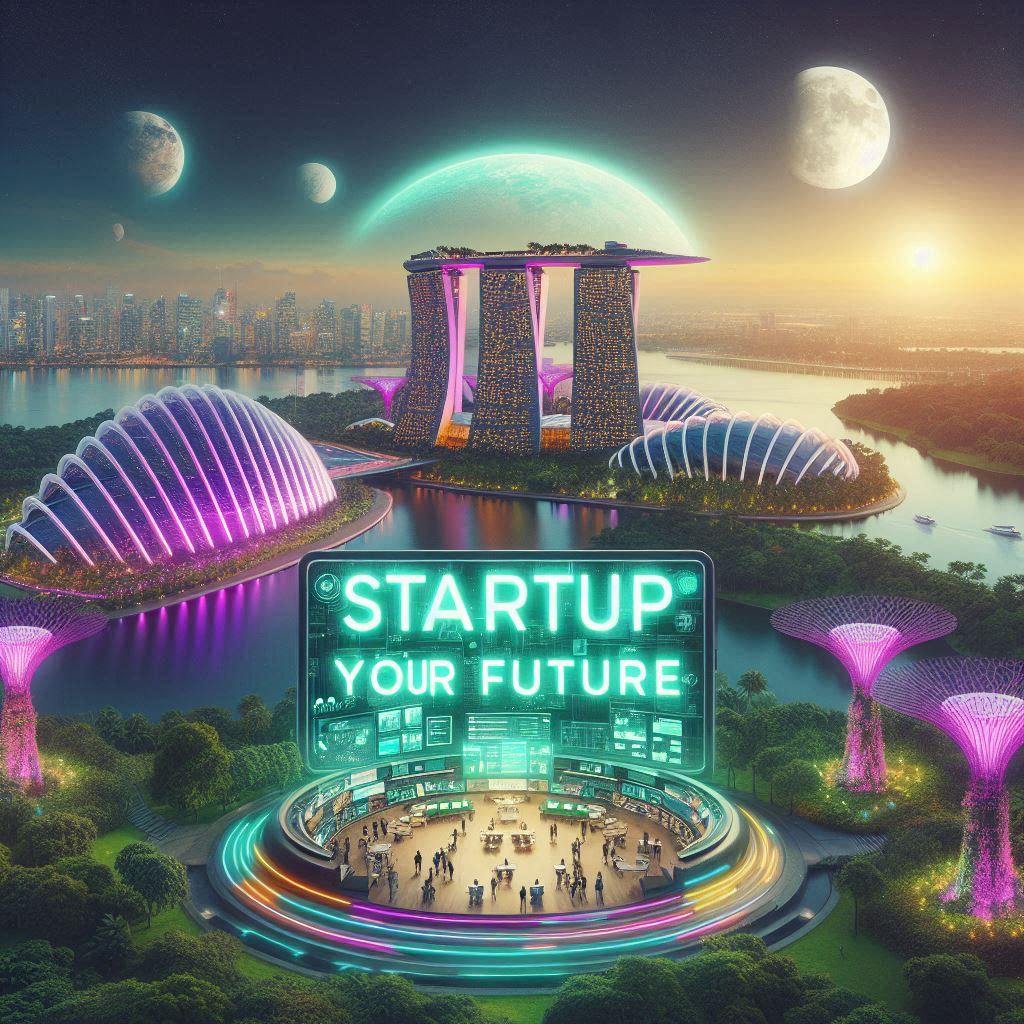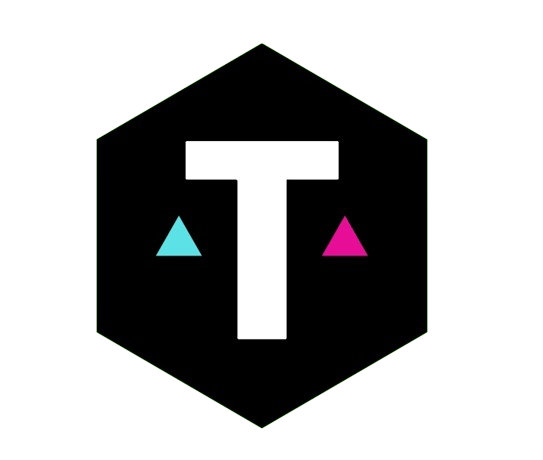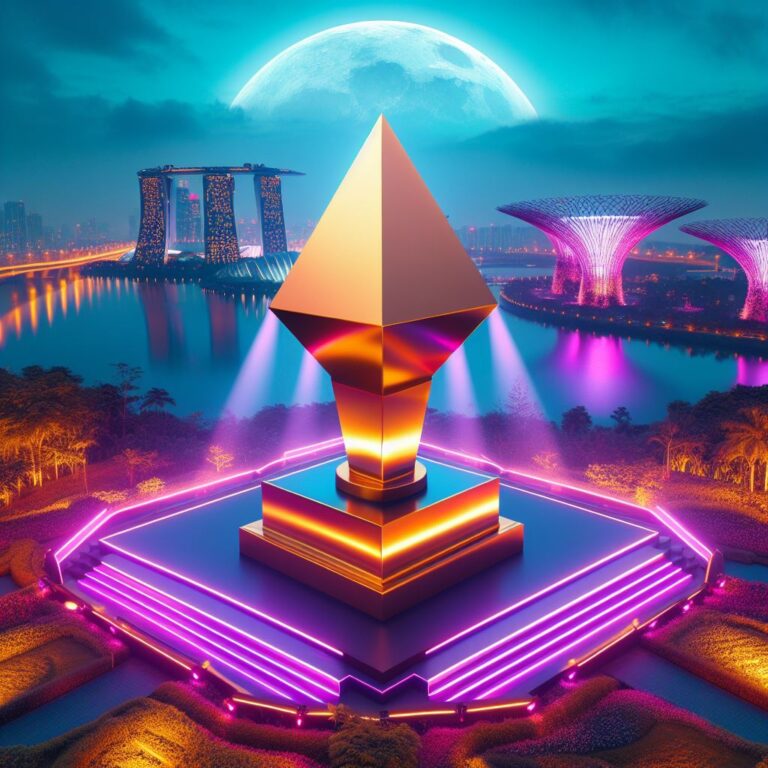How Tech Startups can get Brand Credibility using Strategic Tech Awards Sponsorship: The Blueprint

🚀 The Tech Startup Landscape in Asia and Singapore
The Asian tech ecosystem is a vibrant, dynamic, and fiercely competitive arena. For burgeoning startups, the promise of innovation and rapid growth is often met with the stark reality of establishing a foothold in a market dominated by established giants.
Among the most significant hurdles is the “lack of established brand recognition,” a critical pain point that can stifle growth, hinder funding, and ultimately determine a startup’s fate.
This article delves deep into the ramifications of this challenge, exploring how strategic sponsorship of prestigious events like the Tech Awards can serve as a potent catalyst for building credibility and accelerating brand recognition for tech startups across Asia.
⚙️ The Anatomy of the Brand Recognition Gap: A Multifaceted Challenge
For tech startups, particularly in Asia’s diverse and rapidly evolving markets, the absence of established brand recognition presents a complex and multifaceted challenge. It’s not merely about being unknown; it’s about the cascade of consequences that stem from this lack of recognition.
- The Trust Deficit: In a region where trust is paramount, especially in digital transactions, a lack of brand recognition translates to a trust deficit. Customers are wary of investing in or adopting solutions from unfamiliar entities, particularly when sensitive data or significant financial commitments are involved.
- The Visibility Void: Startups often struggle to break through the noise of a crowded marketplace. Without established brand equity, they are relegated to the periphery, struggling to capture the attention of their target audience.
- The Validation Vacuum: In the absence of established brand recognition, startups lack the social proof and validation that comes from customer testimonials, industry endorsements, and media coverage. This vacuum of validation can create skepticism and doubt.
- The Resource Constraint Amplification: Limited brand recognition exacerbates the challenges posed by resource constraints. Startups with limited budgets find it even more difficult to compete with established players who can leverage their brand equity to generate leads and drive sales.
- The Talent Acquisition Barrier: Top talent is attracted to companies with strong brands and a reputation for innovation. Startups with limited brand recognition struggle to attract and retain skilled employees, hindering their ability to scale and compete.
- The Investment Hesitation: Investors are risk-averse, particularly in emerging markets. Startups with limited brand recognition are perceived as higher risk, making it more difficult to secure funding.
🌊 The Ripple Effect: The Tangible Costs of Limited Brand Recognition
The consequences of limited brand recognition are not merely theoretical; they have a tangible impact on a startup’s bottom line.
- Reduced Customer Acquisition and Retention: Without a recognizable brand, startups struggle to attract new customers and retain existing ones. This translates to slower growth and limited market penetration.
- Lower Conversion Rates and Higher Customer Acquisition Costs: Potential customers are less likely to convert if they are unfamiliar with a brand. This leads to lower conversion rates and higher customer acquisition costs.
- Price Sensitivity and Reduced Profit Margins: Customers may perceive startups as less credible or reliable, making them more susceptible to price sensitivity. This can put pressure on profit margins and hinder the ability to charge premium prices.
- Difficulty in Scaling and Expanding: Limited brand recognition can hinder a startup’s ability to scale and expand into new markets.
- Increased Vulnerability to Competition: Startups with limited brand recognition are more vulnerable to competition from established players and well-funded rivals.
🏆 The Tech Awards Asia: A Strategic Lever for Brand Recognition
In the face of these challenges, strategic sponsorship of prestigious events like the Tech Awards can serve as a powerful lever for building brand recognition and credibility.
- Instant Credibility and Association with Excellence: The Tech Awards are synonymous with innovation and excellence. By associating with such an esteemed event, startups can instantly elevate their brand and gain credibility.
- Enhanced Visibility and Exposure: Sponsorship provides unparalleled visibility to a highly targeted audience of industry leaders, investors, media, and potential customers.
- Opportunity for Thought Leadership and Industry Recognition: The Tech Awards platform provides an opportunity for startups to showcase their innovative solutions and position themselves as thought leaders in their respective domains.
- Networking and Relationship Building: Sponsorship facilitates valuable networking opportunities, enabling startups to connect with potential partners, investors, and industry experts.
- Media Coverage and Public Relations Amplification: Sponsorship often comes with significant media coverage, providing startups with valuable public relations exposure.
⚙️ Framework for Strategic Tech Awards Sponsorship: A Step-by-Step Approach

To maximize the impact of Tech Awards sponsorship, startups should adopt a strategic and comprehensive approach.
Phase 1: Strategic Alignment and Pre-Event Planning
- Define Objectives and Target Audience: Clearly define the objectives of the sponsorship and identify the target audience.
- Select the Right Sponsorship Package: Choose a sponsorship package that aligns with the startup’s objectives and budget.
- Develop a Compelling Brand Message: Craft a clear and concise brand message that highlights the startup’s unique value proposition.
- Create Pre-Event Buzz: Leverage social media, email marketing, and public relations to generate pre-event buzz.
- Prepare Engaging Content and Materials: Develop engaging content and marketing materials, including presentations, brochures, and website content.
Phase 2: On-Site Engagement and Brand Activation
- Create an Engaging Booth or Exhibit: Design an interactive and engaging booth or exhibit that showcases the startup’s solutions.
- Deliver Compelling Presentations and Demonstrations: Deliver compelling presentations and demonstrations that highlight the value of the startup’s technology.
- Engage with Partners and Build Relationships: Actively engage with attendees, build relationships, and collect leads.
- Leverage Networking Opportunities: Participate in networking events and connect with potential partners and investors.
- Maximize Media Exposure: Leverage media opportunities to amplify the startup’s brand message.
Phase 3: Post-Event Follow-Up and Content Amplification
- Follow Up with Leads and Contacts: Promptly follow up with leads and contacts collected at the event.
- Create and Distribute Post-Event Content: Create and distribute post-event content, such as blog posts, videos, and social media updates.
- Leverage Media Coverage: Leverage media coverage to further amplify the startup’s brand message.
- Gather Customer Testimonials and Case Studies: Gather customer testimonials and develop case studies to showcase the impact of the startup’s solutions.
- Nurture Relationships and Explore Partnerships: Nurture relationships with potential partners and explore collaboration opportunities.
Phase 4: Long-Term Brand Building and Credibility Reinforcement
- Develop a Consistent Brand Identity: Maintain a consistent brand identity across all marketing channels.
- Implement a Content Marketing Strategy: Develop a content marketing strategy to consistently deliver valuable and engaging content.
- Engage in Social Media Marketing: Maintain an active and engaging presence on social media.
- Participate in Industry Events and Conferences: Continue to participate in relevant industry events and conferences.
- Build Strategic Partnerships and Collaborations: Build and nurture strategic partnerships and collaborations.
- Focus on Customer Advocacy: Encourage satisfied customers to share their positive experiences.
🧑🚀 The Asian Context: Adapting Strategies for Cultural Nuances
It is crucial to adapt marketing strategies to the specific cultural nuances of the Asian market.
- Emphasize Relationship Building: In Asian cultures, relationships are paramount. Focus on building strong relationships with potential partners and customers.
- Leverage Social Media and Mobile Platforms: Recognize the prevalence of social media and mobile platforms in Asia and prioritize these channels.
- Adapt Communication Styles: Adapt communication styles to the specific cultural context.
- Consider Language and Localization: Translate marketing materials and website content into local languages.
- Respect Cultural Values: Demonstrate respect for cultural values and traditions.
🏆 The Tech Awards Asia as a Catalyst for Growth
In the dynamic and competitive Asian tech landscape, building brand recognition is crucial for startups to thrive. Strategic sponsorship of prestigious events like the Tech Awards can serve as a powerful catalyst for achieving this goal. By adopting a comprehensive and strategic approach, startups can leverage the Tech Awards platform to build credibility, enhance visibility, and accelerate their growth trajectory. As the Asian tech ecosystem continues to evolve, embracing such strategic partnerships will be essential for startups to navigate the complexities of the market and achieve sustainable success.
Blueprint for Building Brand Credibility and Trust via Tech Awards Asia
| Phase | Action Items | Key Considerations | Metrics |
| I. Objective: Bridge the Brand Recognition Gap | |||
| Goal: Establish instant credibility, enhance visibility, and drive growth in the Asian tech market. | |||
| II. Core Strategy: Leverage Tech Awards Asia | |||
| Mechanism: Strategic sponsorship to gain association with excellence and innovation. | |||
| III. Actionable Phases: | |||
| Phase 1: Pre-Event Planning (Strategic Alignment) | 1. Define Objectives & Target Audience | Align with overall marketing strategy. | Clear, measurable objectives (e.g., # leads, brand awareness). |
| 2. Select Optimal Sponsorship Package | Budget alignment, benefits match objectives. | Package cost vs. potential ROI. | |
| 3. Develop Compelling Brand Message | Unique value proposition, clear communication. | Message clarity, resonance with target audience. | |
| 4. Generate Pre-Event Buzz | Social media, PR, email campaigns. | Social media engagement, website traffic, media mentions. | |
| 5. Prepare Engaging Content | Presentations, brochures, demos. | Content quality, engagement level. | |
| Phase 2: On-Site Activation (Engagement & Exposure) | 1. Design Interactive Booth/Exhibit | Showcase solutions, interactive elements. | Booth traffic, engagement, lead collection. |
| 2. Deliver Impactful Presentations/Demos | Highlight benefits, demonstrate value. | Audience engagement, lead generation. | |
| 3. Engage & Build Relationships | Active networking, lead collection. | Number of quality interactions, leads collected. | |
| 4. Maximize Networking Opportunities | Connect with key stakeholders. | Number of relevant connections, partnership discussions. | |
| 5. Amplify Media Exposure | Leverage PR opportunities, media outreach. | Media mentions, reach, brand visibility. | |
| Phase 3: Post-Event Follow-Up (Content & Relationships) | 1. Follow-Up with Leads & Contacts | Prompt engagement, personalized communication. | Response rate, lead conversion. |
| 2. Distribute Post-Event Content | Blog, video, social media updates. | Content reach, engagement, website traffic. | |
| 3. Leverage Media Coverage | Further brand amplification. | Continued media mentions, reach. | |
| 4. Gather Testimonials & Case Studies | Demonstrate impact, build social proof. | Number of testimonials, case study downloads. | |
| 5. Nurture Relationships & Explore Partnerships | Long-term value, collaborative opportunities. | Partnership agreements, ongoing engagement. | |
| Phase 4: Long-Term Brand Reinforcement (Sustained Credibility) | 1. Maintain Consistent Brand Identity | Across all channels, unified message. | Brand consistency, recognition. |
| 2. Implement Content Marketing Strategy | Valuable content delivery, thought leadership. | Content engagement, website traffic, lead generation. | |
| 3. Engage in Social Media Marketing | Active online presence, community building. | Social media engagement, follower growth. | |
| 4. Participate in Industry Events | Continued engagement, networking. | Event attendance, networking opportunities. | |
| 5. Build Strategic Partnerships | Collaborative growth, market expansion. | Number of partnerships, collaborative projects. | |
| 6. Cultivate Customer Advocacy | Encourage positive reviews, build loyalty. | Customer reviews, testimonials, brand sentiment. | |
| IV. Asian Market Adaptation: | Relationship-focused, mobile & social prioritization, cultural sensitivity, language localization, respect for values. | ||
| V. Success Measurement: | Lead generation, media mentions, website traffic, investor interest, customer feedback. |






